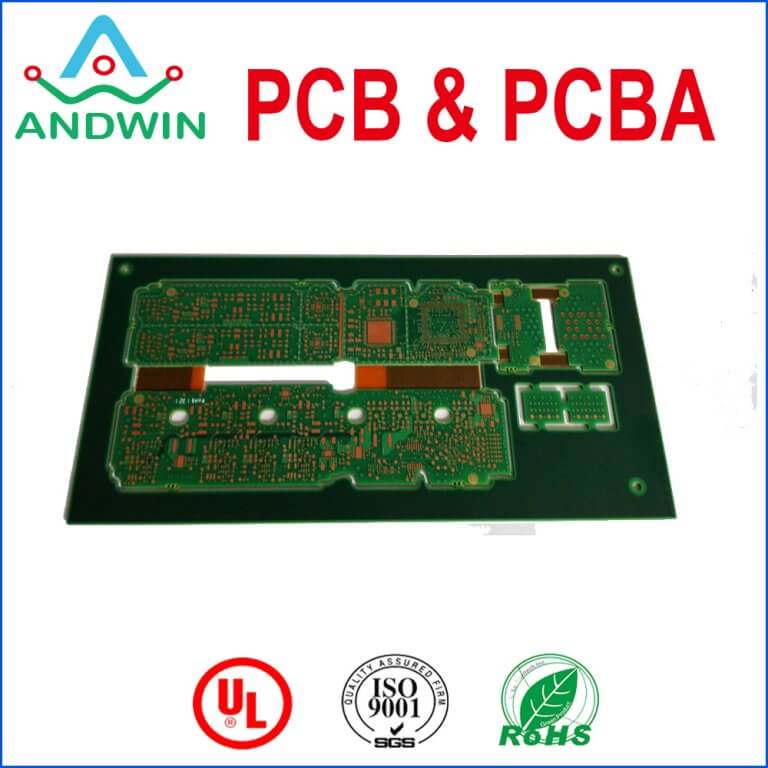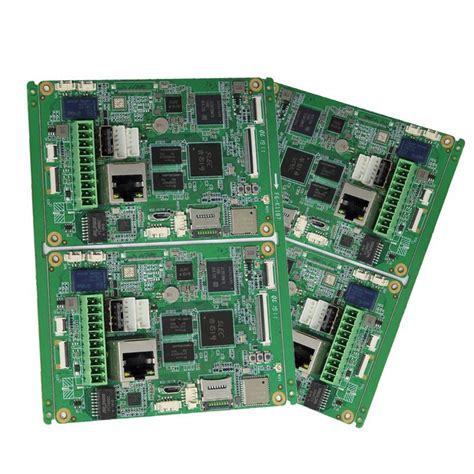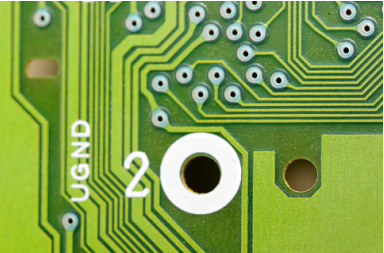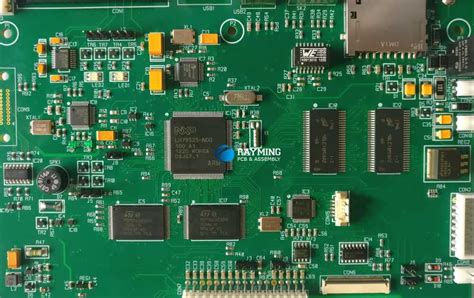Led flex pcb board
Advantages Of Using LED Flex PCB Boards In Modern Electronics
LED flex PCB boards have emerged as a pivotal component in the realm of modern electronics, offering a multitude of advantages that cater to the evolving demands of technology. As electronic devices become increasingly compact and sophisticated, the need for flexible, efficient, and reliable circuit boards has never been more pronounced. LED flex PCB boards, with their unique properties, address these needs effectively, making them indispensable in various applications.
One of the primary advantages of LED flex PCB boards is their inherent flexibility.
Unlike traditional rigid PCBs, these boards can be bent, folded, and twisted without compromising their functionality. This flexibility allows for innovative design possibilities, enabling manufacturers to create devices with complex shapes and compact sizes. Consequently, LED flex PCB boards are ideal for applications where space is at a premium, such as in wearable technology, medical devices, and compact consumer electronics.
In addition to their flexibility, LED flex PCB boards offer enhanced durability.
They are designed to withstand mechanical stress and environmental factors, such as vibration, heat, and moisture, which are common in many electronic applications. This robustness ensures a longer lifespan and reliable performance, even in challenging conditions. As a result, devices incorporating LED flex PCB boards tend to have lower maintenance requirements and reduced risk of failure, which is particularly beneficial in critical applications like aerospace and automotive industries.
Moreover, LED flex PCB boards contribute to improved thermal management.
The materials used in these boards typically have excellent thermal conductivity, allowing for efficient heat dissipation. This is crucial in high-power applications where excessive heat can lead to performance degradation or component failure. By effectively managing heat, LED flex PCB boards help maintain optimal operating conditions, thereby enhancing the overall efficiency and reliability of electronic devices.
Another significant advantage of LED flex PCB boards is their lightweight nature.
The reduction in weight is a critical factor in portable and mobile devices, where every gram counts. By using LED flex PCB boards, manufacturers can produce lighter products without sacrificing performance or durability. This is particularly advantageous in industries such as consumer electronics and telecommunications, where the demand for lightweight, portable devices continues to grow.
Furthermore, LED flex PCB boards facilitate easier and more efficient assembly processes.
Their design allows for the integration of multiple components on a single board, reducing the need for additional connectors and wiring. This not only simplifies the assembly process but also minimizes potential points of failure, leading to more reliable and streamlined electronic systems. Additionally, the reduced complexity in assembly can result in cost savings, making LED flex PCB boards an economically attractive option for manufacturers.
In conclusion, the advantages of using LED flex PCB boards in modern electronics are manifold. Their flexibility, durability, thermal management capabilities, lightweight nature, and ease of assembly make them an ideal choice for a wide range of applications. As technology continues to advance, the demand for innovative and efficient solutions like LED flex PCB boards is expected to grow, further solidifying their role as a cornerstone in the development of cutting-edge electronic devices.
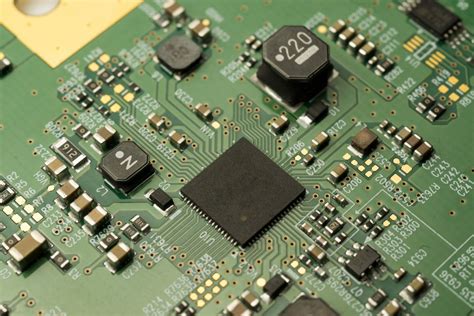
Design Considerations For LED Flex PCB Boards
When designing LED flex PCB boards, several critical considerations must be taken into account to ensure optimal performance and reliability. These flexible printed circuit boards are increasingly popular in various applications due to their ability to conform to complex shapes and fit into compact spaces. As such, understanding the nuances of their design is essential for engineers and designers aiming to leverage their full potential.
To begin with, material selection is a fundamental aspect of designing LED flex PCB boards.
The choice of substrate material significantly impacts the board’s flexibility, thermal management, and overall durability. Polyimide is a common choice due to its excellent thermal stability and flexibility, making it suitable for applications that require bending and twisting. However, the specific requirements of the application, such as temperature range and mechanical stress, should guide the selection process.
In addition to material considerations, the layout of the circuit is crucial.
The design must accommodate the unique properties of flexible circuits, such as their ability to bend and flex. This requires careful planning of trace routing to minimize stress on the conductors. Designers often employ curved traces instead of sharp angles to reduce the risk of cracking or breaking when the board is flexed. Moreover, maintaining uniform trace widths and spacing is vital to ensure consistent electrical performance and avoid potential issues such as impedance mismatches.
Thermal management is another critical factor in the design of LED flex PCB boards.
LEDs generate heat during operation, and inadequate heat dissipation can lead to reduced performance and lifespan. Therefore, incorporating thermal vias, heat sinks, or thermal pads into the design can help manage heat effectively. Additionally, selecting materials with good thermal conductivity and designing the board layout to facilitate heat dissipation are essential strategies for maintaining optimal operating temperatures.
Furthermore, the choice of adhesive and coverlay materials plays a significant role in the board’s performance and reliability.
These materials protect the circuit from environmental factors such as moisture, dust, and mechanical abrasion. The adhesive must provide a strong bond without compromising the board’s flexibility, while the coverlay should offer sufficient protection without adding excessive stiffness. Balancing these factors is crucial to ensure the board’s longevity and functionality in various conditions.
Electrical performance is another key consideration in the design of LED flex PCB boards.
Ensuring signal integrity and minimizing electromagnetic interference (EMI) are paramount, especially in applications where high-frequency signals are involved. Designers must carefully consider the placement of components and the routing of traces to minimize crosstalk and signal degradation. Utilizing ground planes and shielding techniques can further enhance the board’s electrical performance and reduce susceptibility to EMI.
Finally, manufacturability and cost-effectiveness are important considerations in the design process.
While the flexibility and compactness of LED flex PCB boards offer significant advantages, they can also present manufacturing challenges. Collaborating with experienced manufacturers during the design phase can help identify potential issues and optimize the design for efficient production. Additionally, considering the cost implications of material choices and design features is essential to ensure the final product meets budgetary constraints without compromising quality.
In conclusion, designing LED flex PCB boards requires a comprehensive understanding of various factors, including material selection, circuit layout, thermal management, and electrical performance. By carefully considering these elements and collaborating with experienced manufacturers, designers can create flexible circuit boards that meet the demands of modern applications while ensuring reliability and cost-effectiveness.
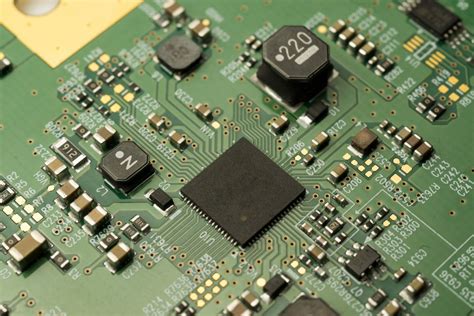
Applications Of LED Flex PCB Boards In Various Industries
LED flex PCB boards, known for their versatility and adaptability, have become integral components across a multitude of industries. These flexible printed circuit boards are designed to support LED technology, offering a range of benefits that include lightweight construction, compact design, and the ability to conform to various shapes and surfaces. As a result, they have found applications in numerous sectors, each leveraging the unique properties of LED flex PCB boards to enhance functionality and efficiency.
In the consumer electronics industry, LED flex PCB boards are widely used in devices such as smartphones, tablets, and wearable technology.
Their flexibility allows for innovative design possibilities, enabling manufacturers to create thinner and more lightweight products without compromising on performance. Moreover, the ability to bend and twist these boards without damaging the circuitry is particularly advantageous in the development of foldable and flexible displays, which are becoming increasingly popular in the market.
Transitioning to the automotive industry, LED flex PCB boards play a crucial role in modern vehicle design.
They are commonly used in lighting systems, including headlights, taillights, and interior ambient lighting. The adaptability of these boards allows for the creation of complex lighting designs that enhance both the aesthetic appeal and functionality of vehicles. Additionally, their durability and resistance to vibration make them ideal for use in the demanding automotive environment, where reliability is paramount.
In the realm of healthcare, LED flex PCB boards are utilized in a variety of medical devices and equipment.
Their compact size and flexibility are particularly beneficial in the design of wearable medical devices, such as heart rate monitors and fitness trackers, which require components that can conform to the human body. Furthermore, these boards are employed in advanced imaging systems and surgical lighting, where precise and reliable illumination is essential for accurate diagnostics and procedures.
The aerospace industry also benefits from the application of LED flex PCB boards.
In this sector, weight reduction is a critical factor, and the lightweight nature of these boards contributes to overall efficiency and fuel savings. They are used in cockpit displays, cabin lighting, and navigation systems, where their ability to withstand extreme conditions and maintain performance is crucial. The flexibility of these boards also allows for innovative design solutions in the confined spaces of aircraft interiors.
Moreover, the industrial sector has embraced LED flex PCB boards for their role in enhancing automation and control systems.
These boards are used in machinery and equipment that require precise control and monitoring, providing reliable performance in harsh environments. Their ability to be integrated into complex systems with minimal space requirements makes them ideal for use in industrial applications where space is often at a premium.
In conclusion, LED flex PCB boards have become indispensable across various industries due to their unique properties and adaptability. From consumer electronics to automotive, healthcare, aerospace, and industrial applications, these boards offer solutions that enhance design possibilities, improve performance, and contribute to overall efficiency. As technology continues to advance, the demand for LED flex PCB boards is expected to grow, further solidifying their role as a critical component in modern electronic systems.
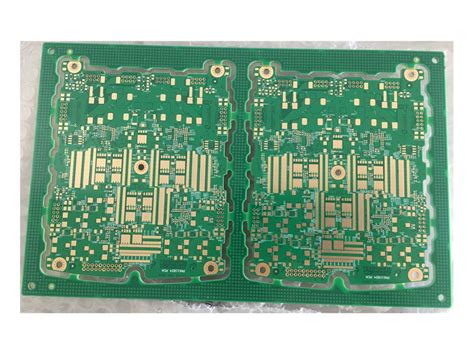
Innovations In LED Flex PCB Board Technology
In recent years, the field of electronics has witnessed remarkable advancements, particularly in the realm of LED flex PCB board technology. These flexible printed circuit boards have revolutionized the way electronic devices are designed and manufactured, offering unprecedented versatility and efficiency. As the demand for more compact and adaptable electronic solutions continues to grow, innovations in LED flex PCB board technology are playing a pivotal role in meeting these needs.
To begin with, LED flex PCB boards are characterized by their ability to bend and conform to various shapes, making them ideal for applications where traditional rigid PCBs would be impractical. This flexibility is achieved through the use of flexible substrates, such as polyimide or polyester films, which provide the necessary durability and resilience. Consequently, these boards are increasingly being utilized in a wide range of industries, from consumer electronics to automotive and medical devices.
One of the most significant innovations in this area is the development of advanced materials that enhance the performance and reliability of LED flex PCB boards.
For instance, the incorporation of high-temperature resistant materials has enabled these boards to withstand extreme conditions, thereby expanding their applicability in harsh environments. Moreover, the use of advanced adhesives and encapsulants has improved the thermal management of these boards, ensuring optimal performance and longevity of the LEDs.
In addition to material advancements, the design and manufacturing processes of LED flex PCB boards have also seen substantial improvements.
The advent of sophisticated computer-aided design (CAD) software has facilitated the creation of intricate and precise board layouts, allowing for more efficient use of space and resources. Furthermore, innovations in manufacturing techniques, such as roll-to-roll processing, have significantly reduced production costs and time, making these boards more accessible to a broader range of applications.
Another noteworthy development in LED flex PCB board technology is the integration of smart features, which has opened up new possibilities for interactive and intelligent lighting solutions.
By embedding sensors and microcontrollers directly onto the flex PCB, manufacturers can create LED systems that respond to environmental changes or user inputs, offering enhanced functionality and user experience. This integration is particularly beneficial in applications such as wearable technology and smart home devices, where adaptability and responsiveness are crucial.
Moreover, the push towards sustainability has also influenced innovations in LED flex PCB board technology.
Manufacturers are increasingly focusing on eco-friendly materials and processes to minimize the environmental impact of these boards. For example, the use of recyclable substrates and lead-free soldering techniques are becoming more prevalent, aligning with global efforts to promote greener electronics.
As we look to the future, it is evident that the potential applications of LED flex PCB boards are vast and varied. With ongoing research and development, we can expect to see even more sophisticated and efficient solutions emerge, further cementing the role of these boards in the evolution of electronic technology. In conclusion, the continuous innovations in LED flex PCB board technology not only enhance the capabilities of electronic devices but also pave the way for new and exciting applications across multiple industries. As these advancements continue to unfold, they will undoubtedly contribute to the ongoing transformation of the electronics landscape, offering endless possibilities for innovation and growth.


